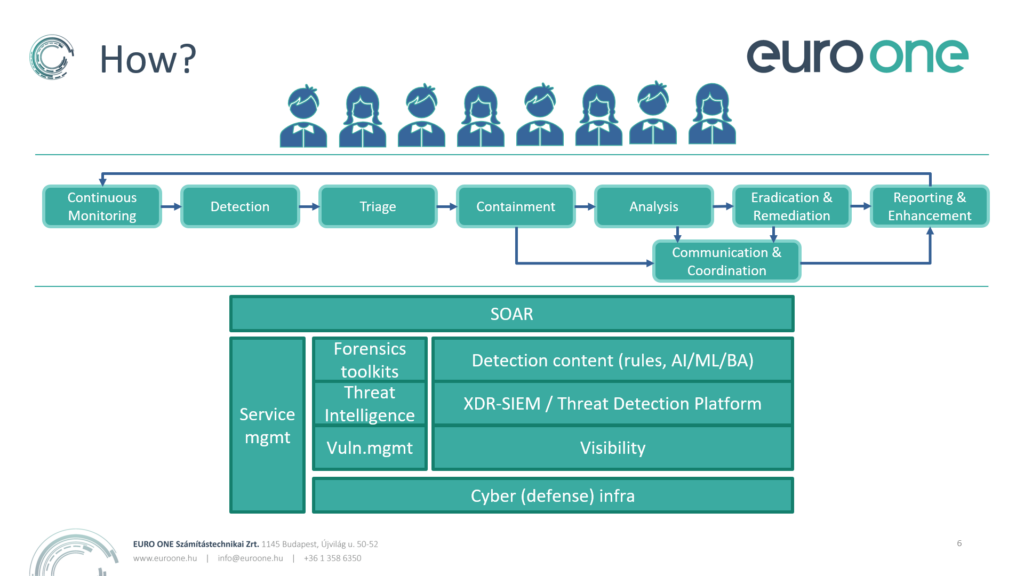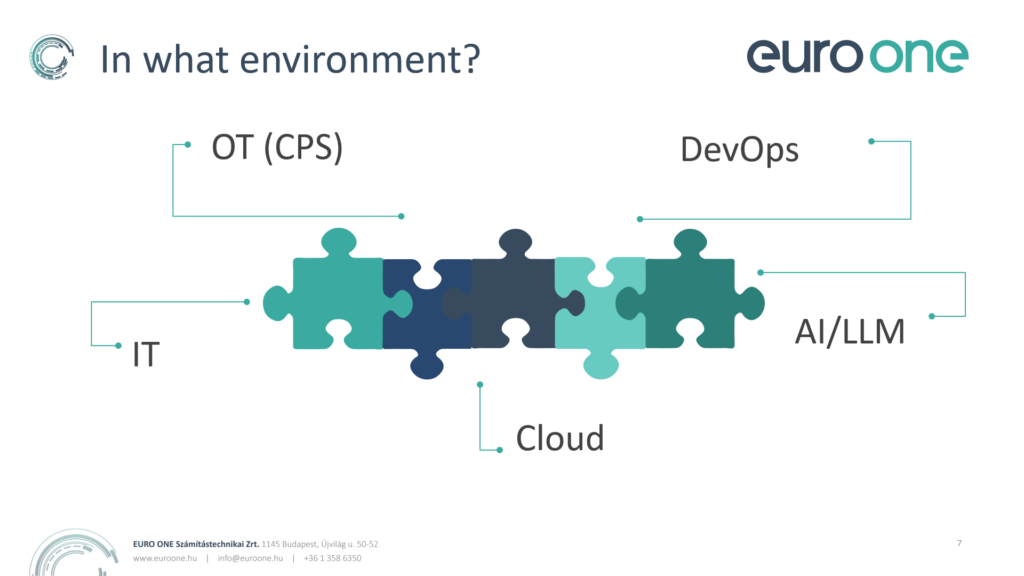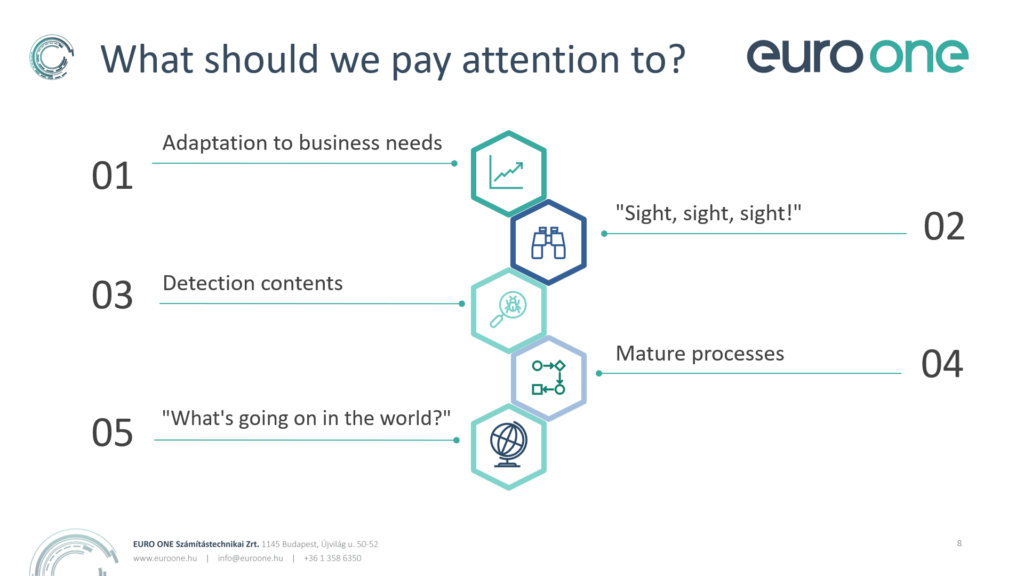Why and how to focus on incident management?
![]() Gábor Szabó
Gábor Szabó
![]() 2024.07.25
2024.07.25

Effective incident management is essential for maintaining information security. Using the NIST CyberSecurity Framework, incident management involves detection and response to minimize the impact of security events on business processes. To succeed, the right technology, processes, and human resources must work in unison.

Key Steps in Incident Management
Incident management involves ongoing supervision of systems to detect potential threats. Technologies like SIEM, XDR, and Threat Detection Platforms analyze logs and traffic, generate alerts, and categorize incidents by priority. Once an incident is detected, it should be contained to prevent further damage, followed by a deeper forensic analysis. Restoration and resolution are handled by operational teams, and effective communication is also crucial throughout the process. SOAR systems can assist by automating these steps.

Where is Incident Management Needed?
Incident management is necessary for IT, OT (industrial systems), cloud, and DevOps environments, as well as emerging AI systems. Each environment may require tailored strategies.

Developing an Effective Incident Management Capability
Incident management must align with business needs and consider data location, environment, and regulations. It is vital to establish unified monitoring of relevant events, keep detection methods up-to-date, and automate only mature processes. A supportive incident management culture is also key, requiring cooperation across the entire organization.
Read the full article on our International subsidiary’s website by clicking on the image.


